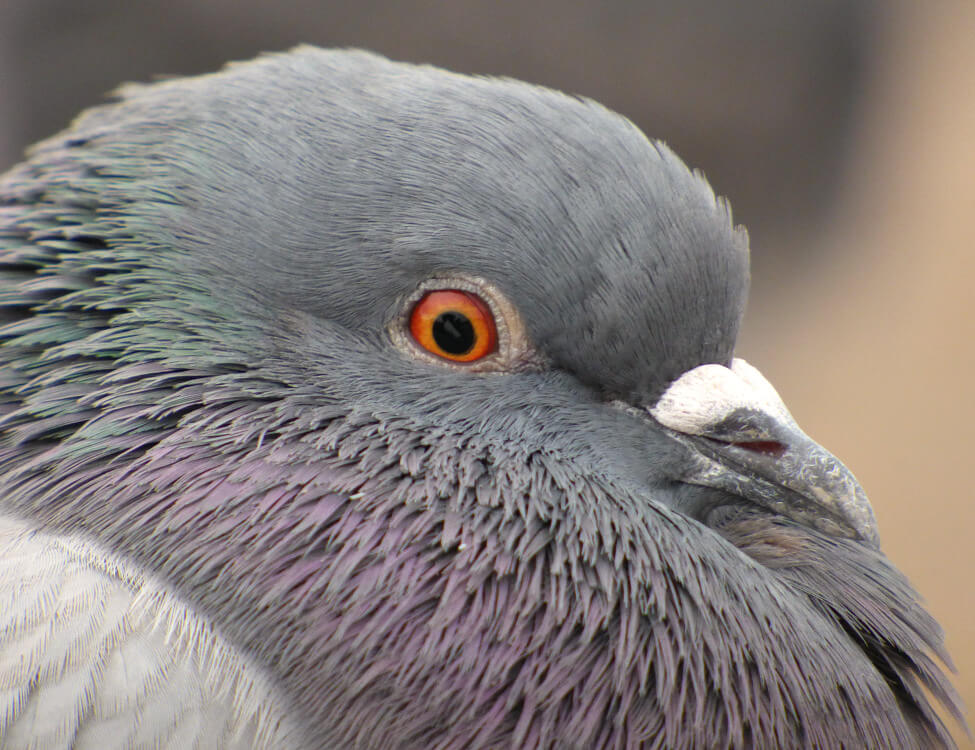Birds, HVAC and Health Dangers??

In case you didn't know, for HVAC professionals, it’s critically important to remove bird droppings and feathers from your HVAC units. Not only are these remains...In case you didn't know, for HVAC professionals, it’s critically important to remove bird droppings and feathers from your HVAC units. Not only are these remains an unsightly mess that can be difficult to remove and cause mechanical errors in heating and cooling systems, but they also harbor a number of human pathogens that can cause illness in building or home occupants.
HVAC units with these issues may carry microorganisms, such as Histoplasma and Salmonella. Such microbes are capable of initiating significant health problems (i.e. histoplasmosis and salmonellosis) in occupants. These health implications can be particularly problematic for people with weak immune systems, such as children and the elderly, as they are more susceptible to these illnesses.
Bird fecal matter and feathers can also have devastating effects on the heating and cooling components of a commercial facility, including clogging the fresh air intake and evaporator coils, and decreasing airflow from the fan assemblies.
Ensuring Proper Removal
To prevent these illnesses from affecting your home or building, facility managers and HVAC professionals should regularly check the areas in and around the HVAC unit for bird nests, accumulation of droppings or feathers, and signs of entry.
If you find that birds have made your HVAC unit their home, the first step will be to remove the nest when the birds are out feeding. Keeping in mind that these nests can contain harmful microbes, utilize all OSHA compliance protocols to ensure that the technician handling the removal is protected.
Once the bulk of the debris has been properly removed, a certified environmental company should perform an exhaustive environmental cleaning of the ductwork and cooling coils. For the most thorough cleaning of the HVAC cooling coils, use a steam cleaning process to properly kill microorganisms such as fungi and bacteria and remove buildup that will affect building airflow.
One process uses steam heated to 350 degrees Fahrenheit at 350 psi to deep-clean cooling coils, which is a much more effective and safer cleaning method than topical chemical treatment. In most cases, microbial concentrations will drop by 99 or even 100 percent in units that are cleaned using this process.
Preventing Accumulation, Illness
After conducting a thorough cleanup, it’s important to check back on a regular basis to ensure that the birds have not returned and there are no droppings or foul smell. To prevent this from happening, many facilities build birdhouses near the building so that the wildlife has somewhere else to go.
It’s an important step to take to ensure that the health and welfare of all building occupants are maximized and all HVAC systems are optimized properly.


